Triumph TRS
Nowadays, it seems nearly unthinkable that a racing car should compete several times in the 24 Hours of Le Mans. The constantly progressing developments in each racing car category alone actually speak against this possibility. And yet the GT cars in particular are competing several times, as no new cars are permitted in the amateur class. In the past, however, it was common even for the factory teams to use their cars for several years in a row. Triumph, for example, decided to return to Le Mans in 1958. In 1959, they entered the race with three heavily modified TR3S. In 1960 and 1961 the company relied on the newly developed TRS, of which a total of only four were developed based on the TR3S with widened track and rack-and-pinion steering and with a glass fibre body with optical borrowings from the TR4, which hadn’t yet been presented in 1960. They all received the experimental engine ‘Sabrina’ developed in the Triumph Competition department with two camshafts, double carburettors and a light alloy block. Three cars took part in the endurance race at the Sarthe, while the fourth car was available as a parts dispenser in the paddock. All of them received an approval for public road traffic. In spite of trouble-free driving and the 15th, 18th and 19th places, the distances covered by the vehicles in 1960 weren’t sufficient for a classification. In the following year things went much better. All three cars reached the minimum distance required by the rules and crossed the finish line in 9th, 11th and 15th place, which earned Triumph the team prize.
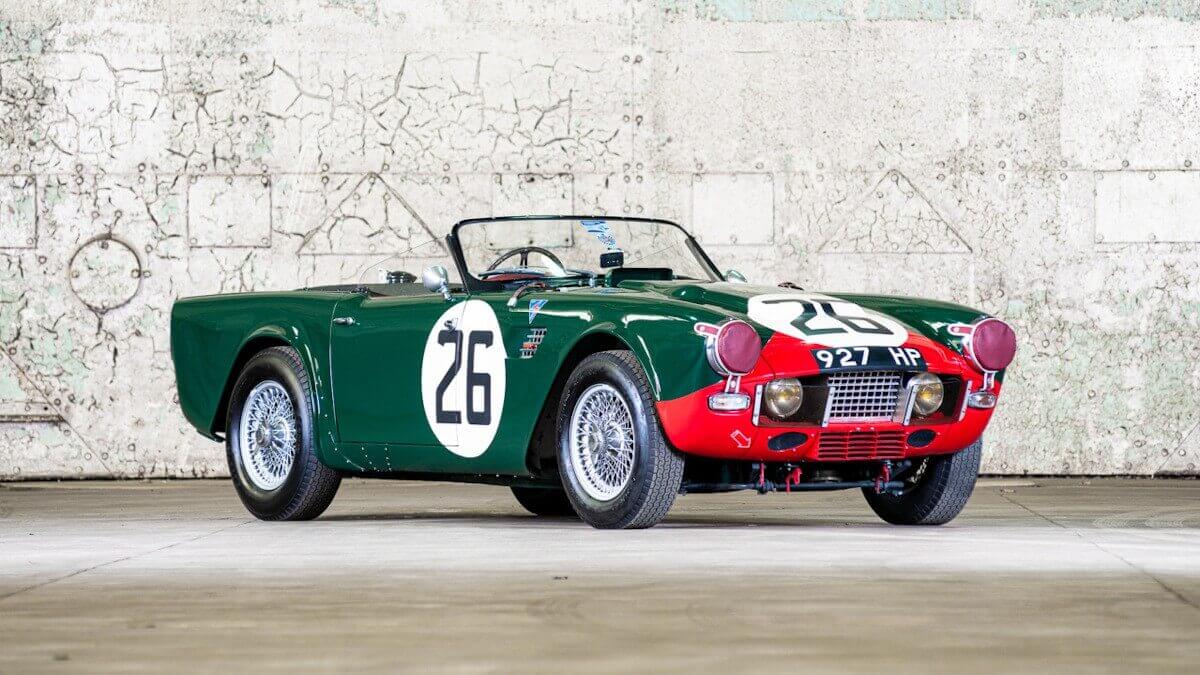



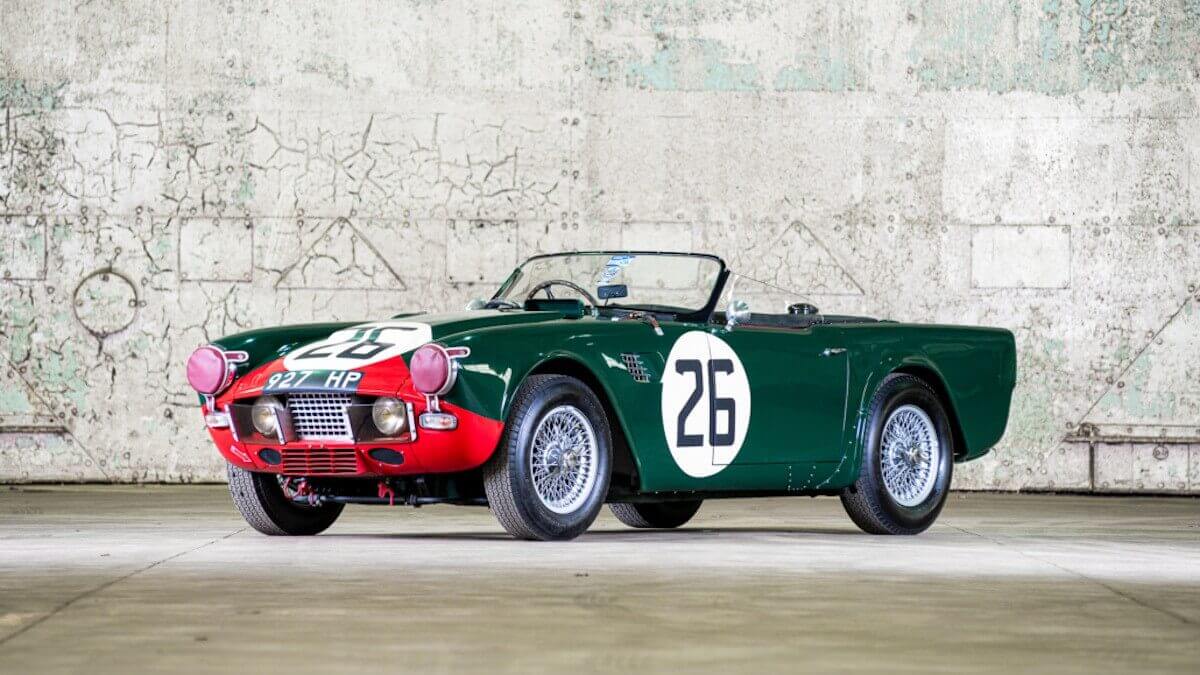



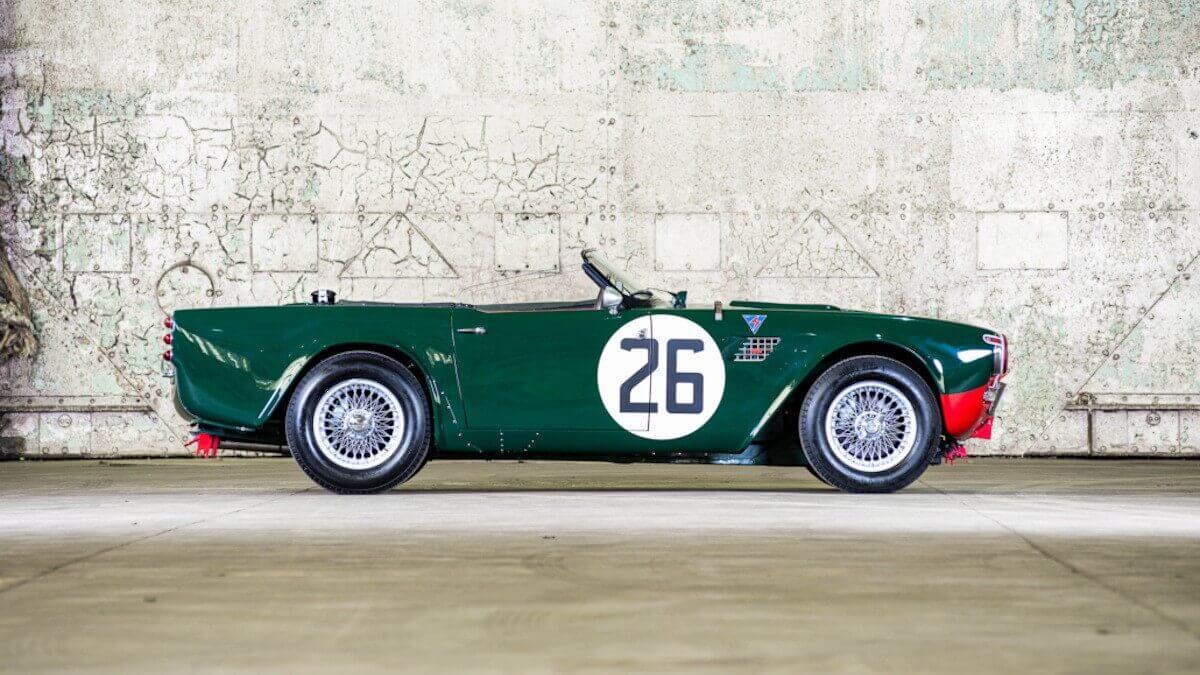



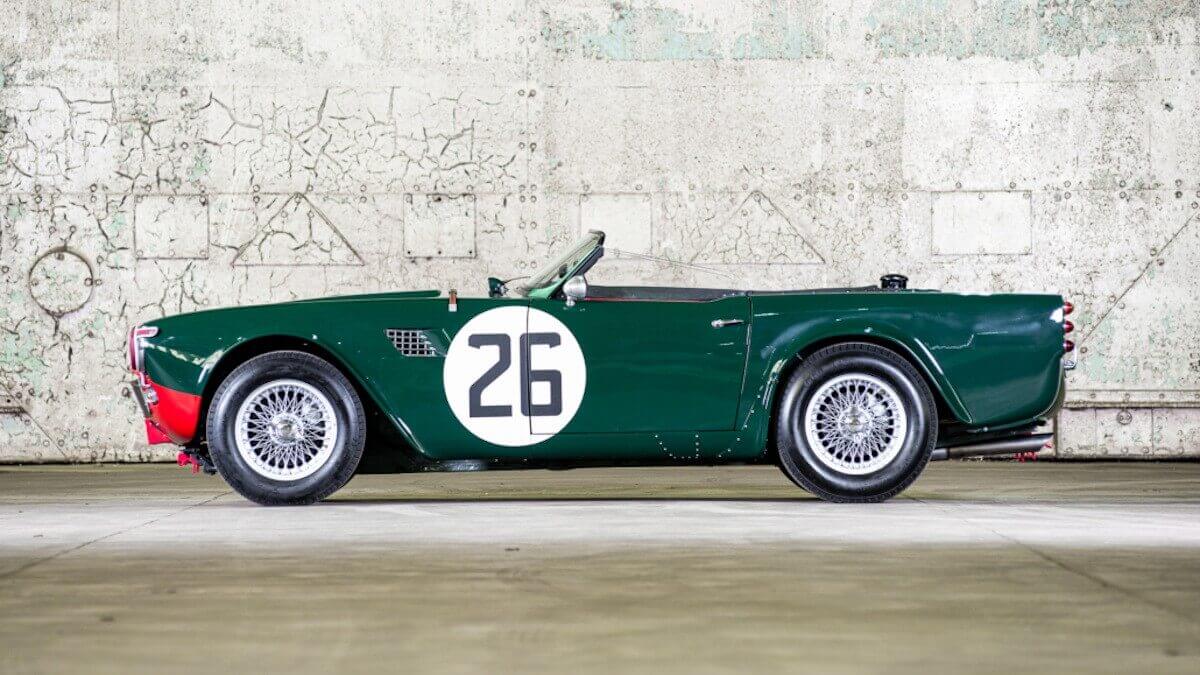







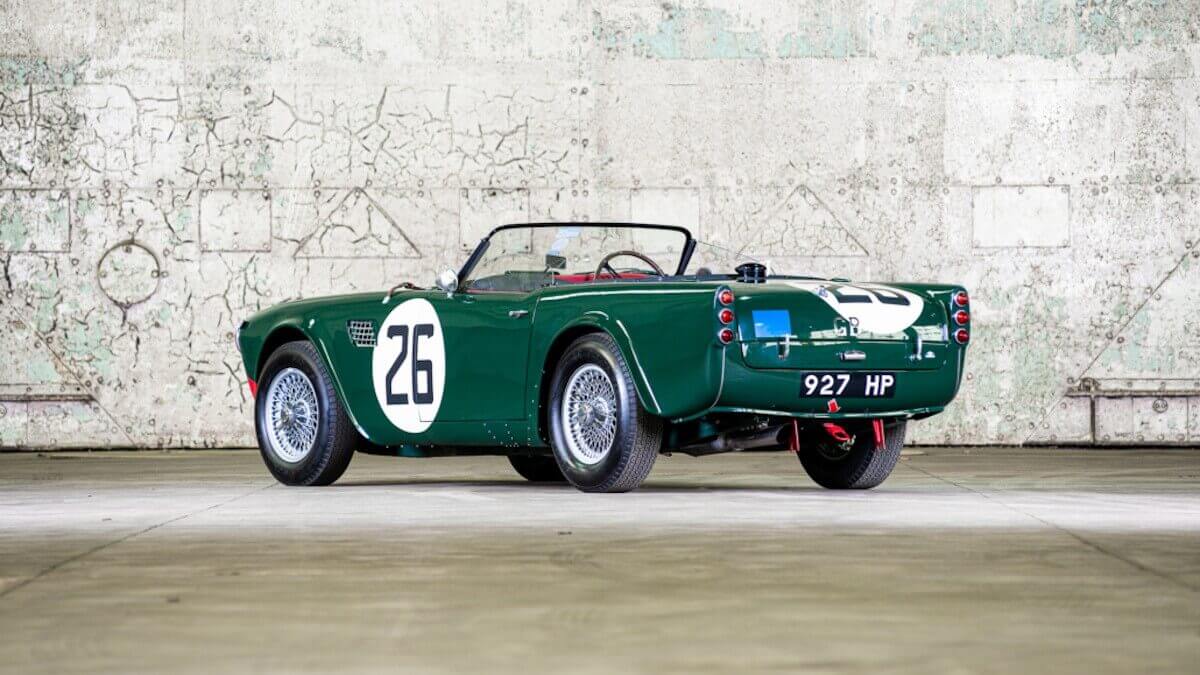



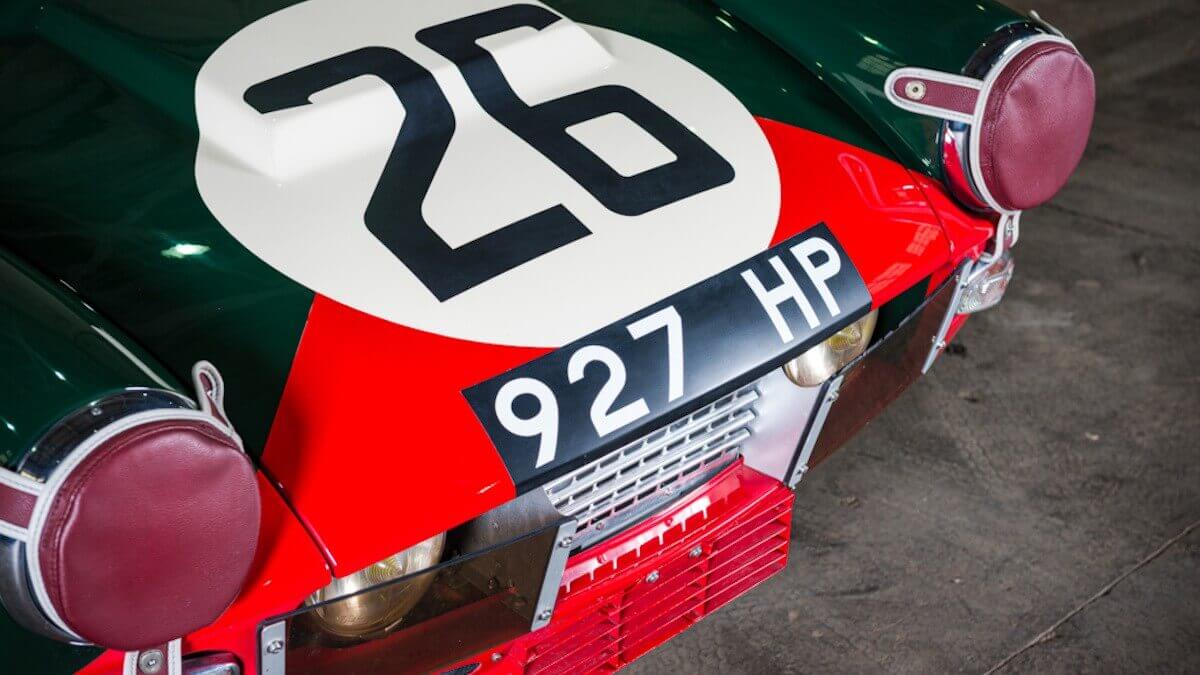



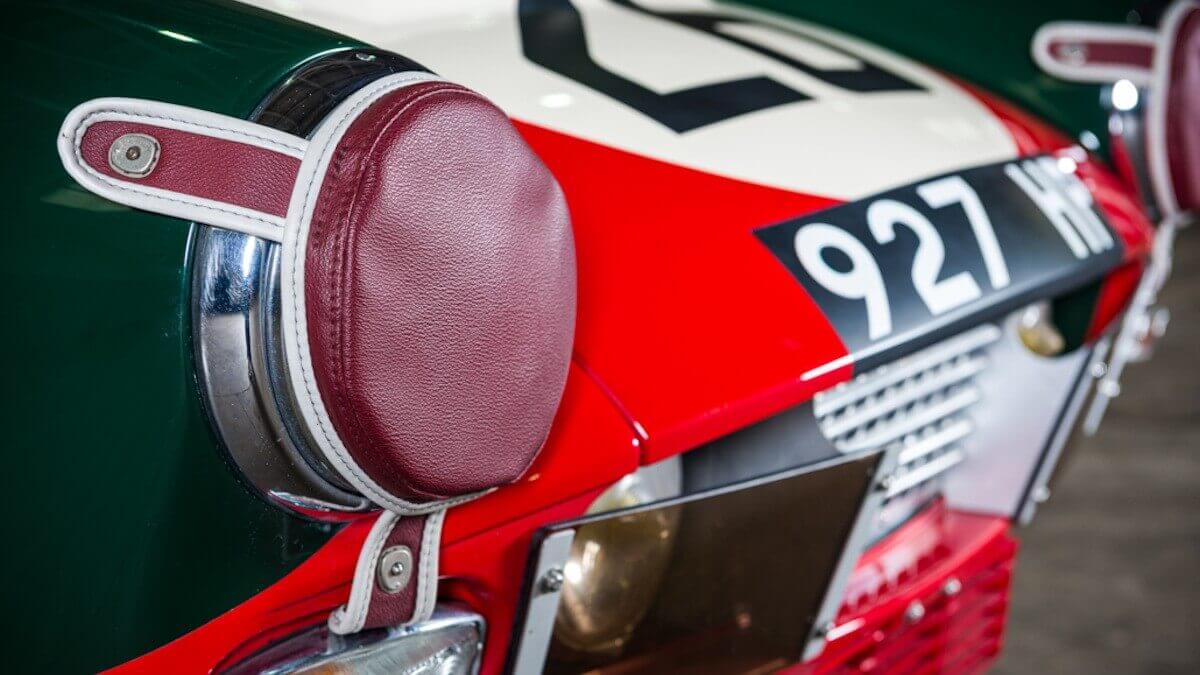











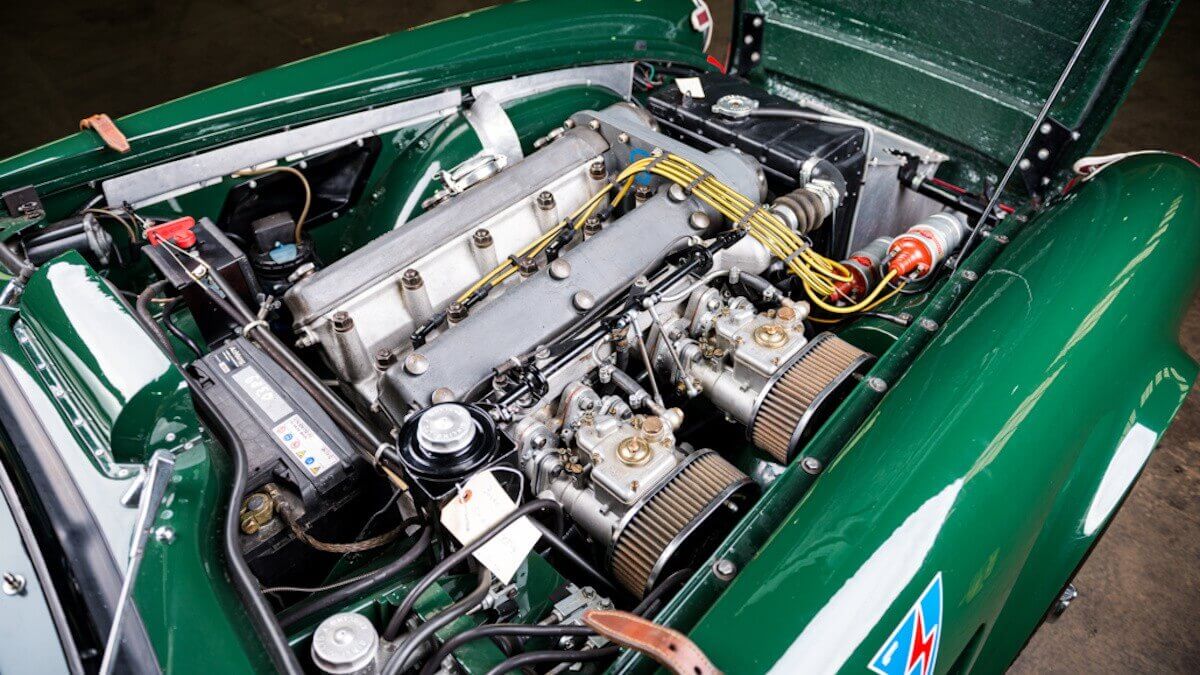



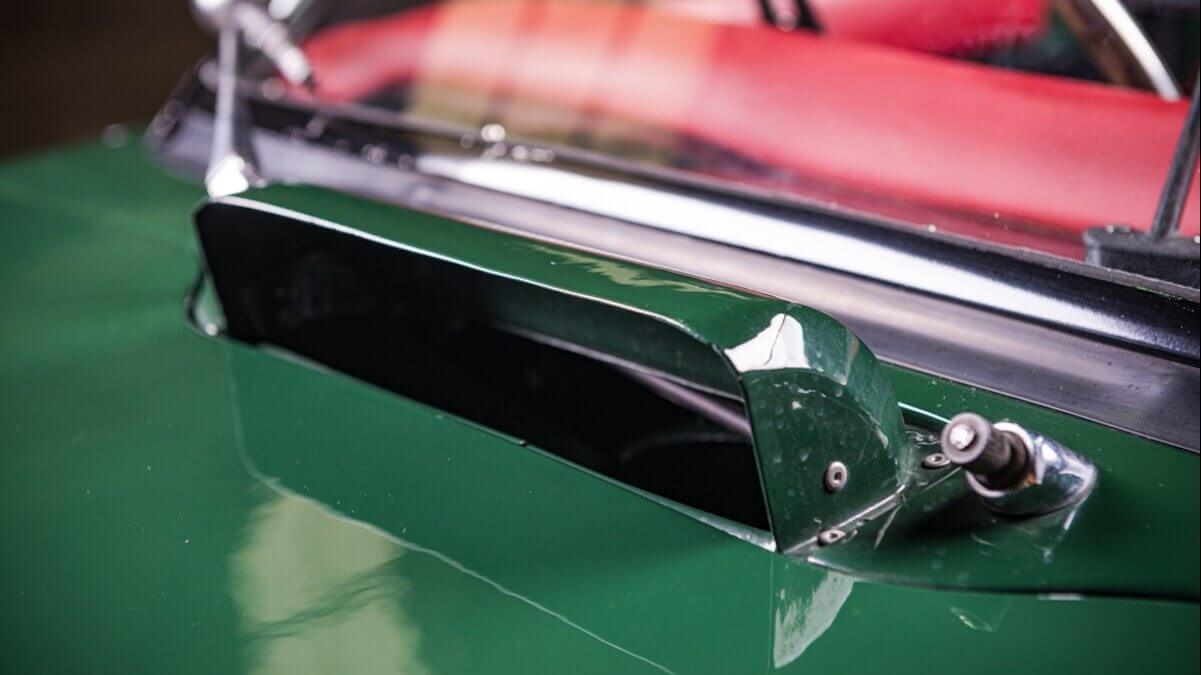



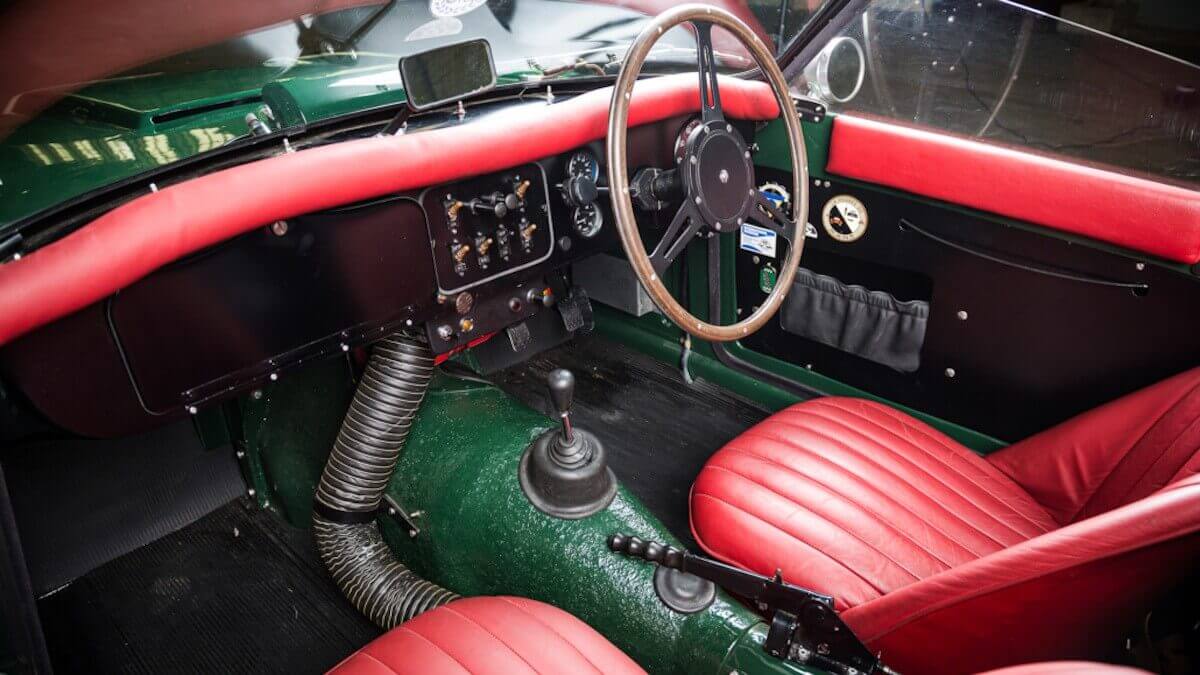







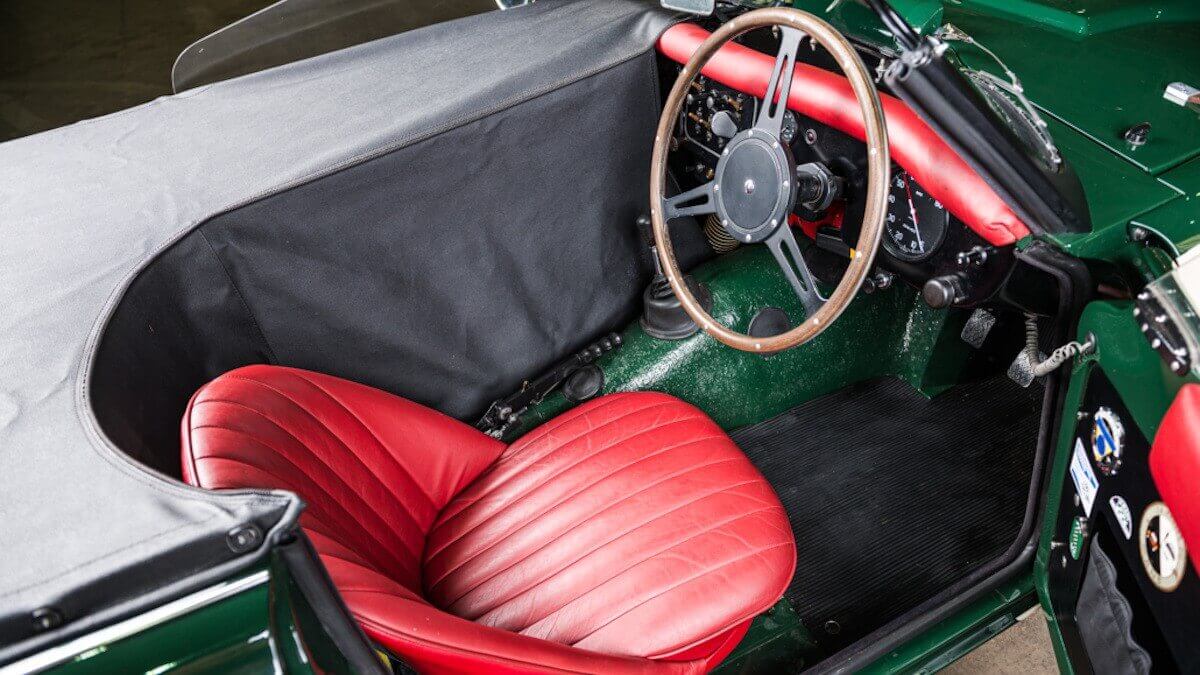



















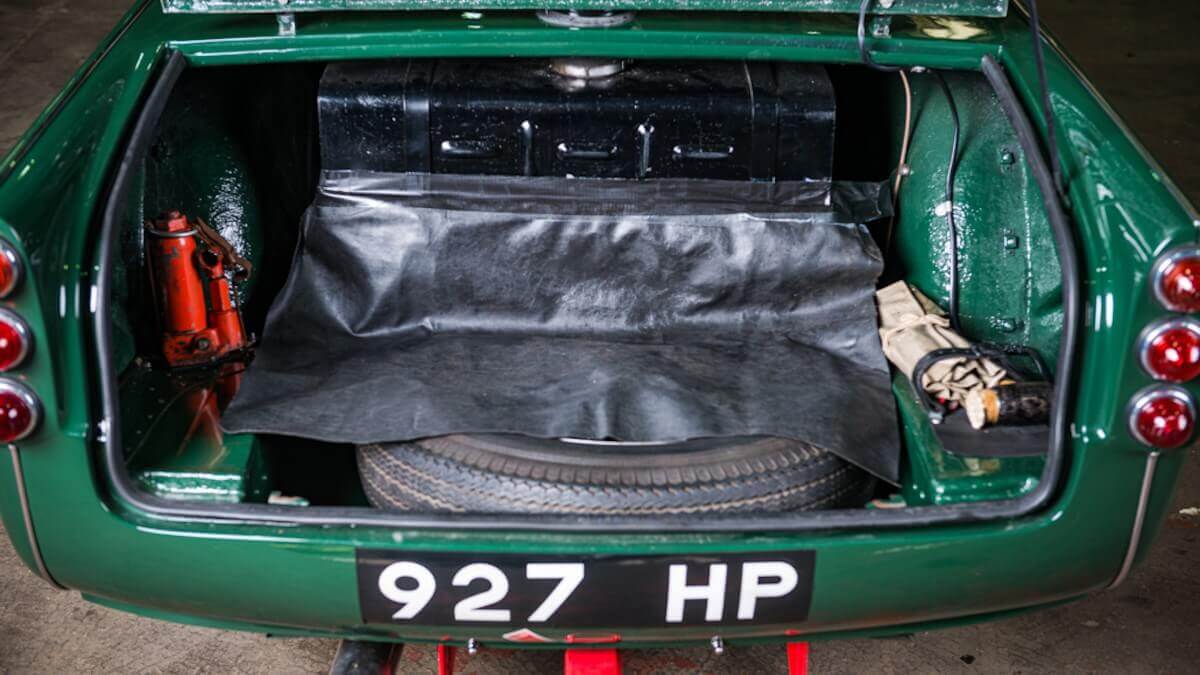



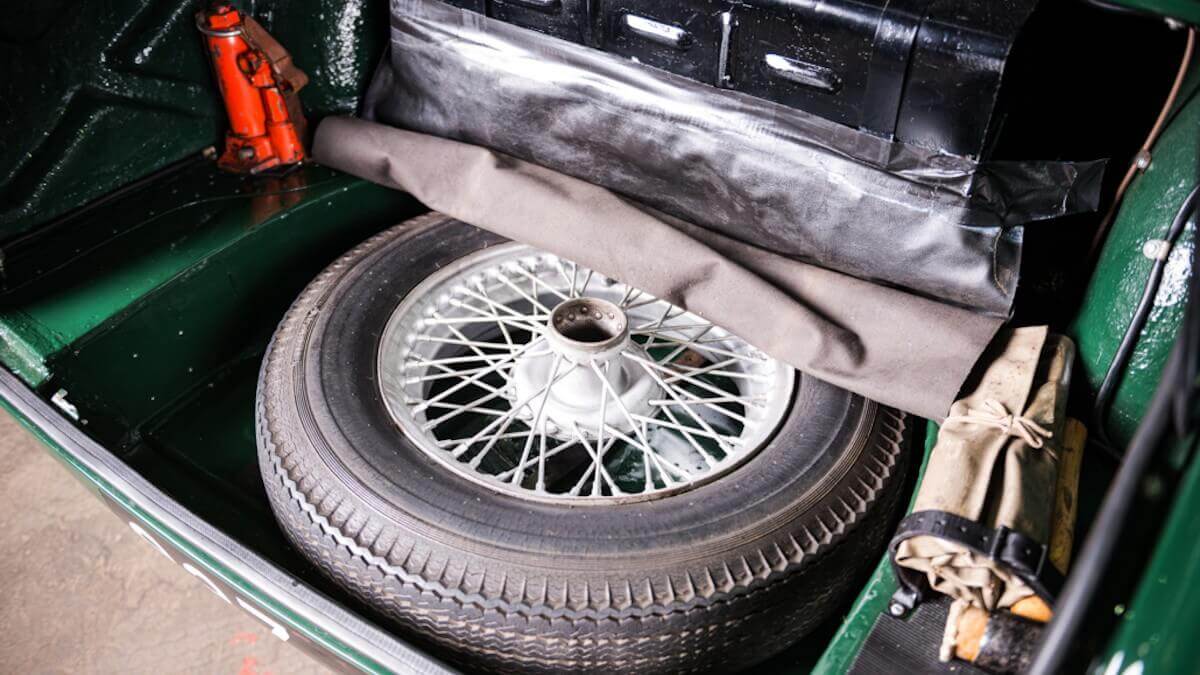



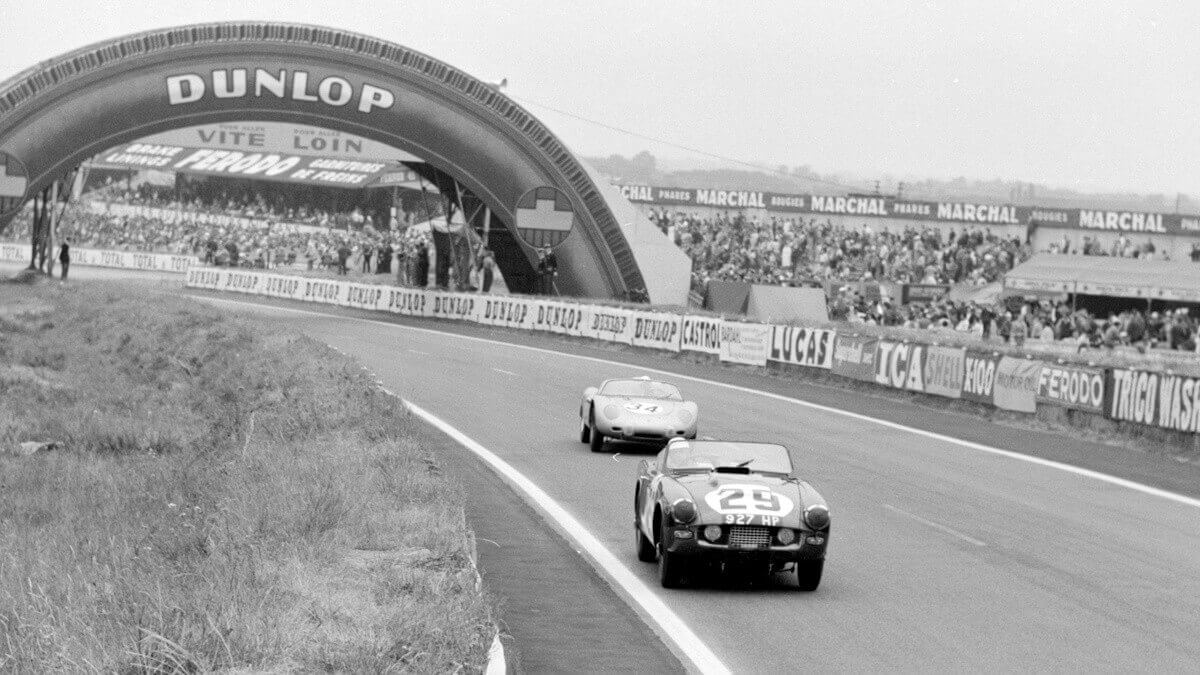



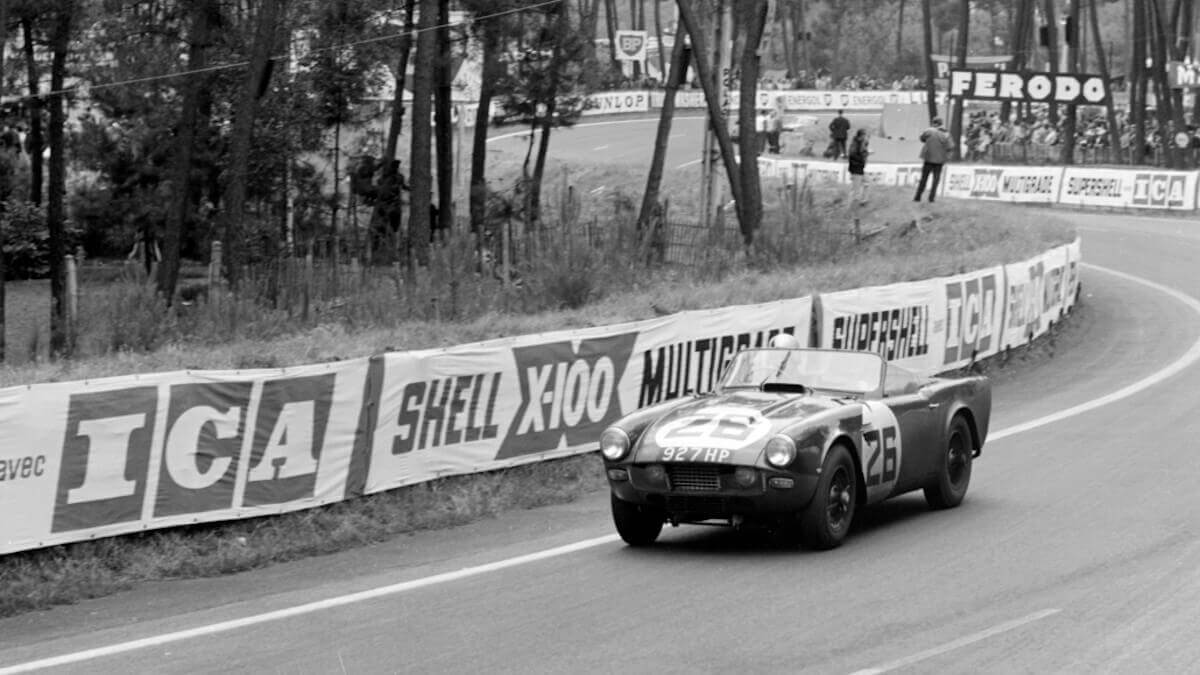



One of these cars with the registration number ‘927 HP’ is currently for sale in Great Britain. This car ran 1960 with the starting number 29 under the drivers Peter Bolton and Ninian Sanderson. In 1961 the TRS got the starting number 26 and was piloted by Les Leston and Rob Slotemaker. Triumph then sold the car to the USA, where it was rarely used by the first private owner until 1972. Also the second owner, a Mr. K.N. Gwing from Virginia, didn’t drive the TRS very often. After his death his daughter sold the car in 2008 to the current owner, who is now via Pendina Historic Cars looking for a new home for this rarity after and extensive but careful restoration. Of the ‘Sabrina’ double camshaft engine used here, there are currently only two running engines left worldwide. In 2010 this Triumph TRS started at the Le Mans Classic. For £ 295,000 this unique piece of British Le Mans history could be yours.
Images: Pendine Historic Cars




